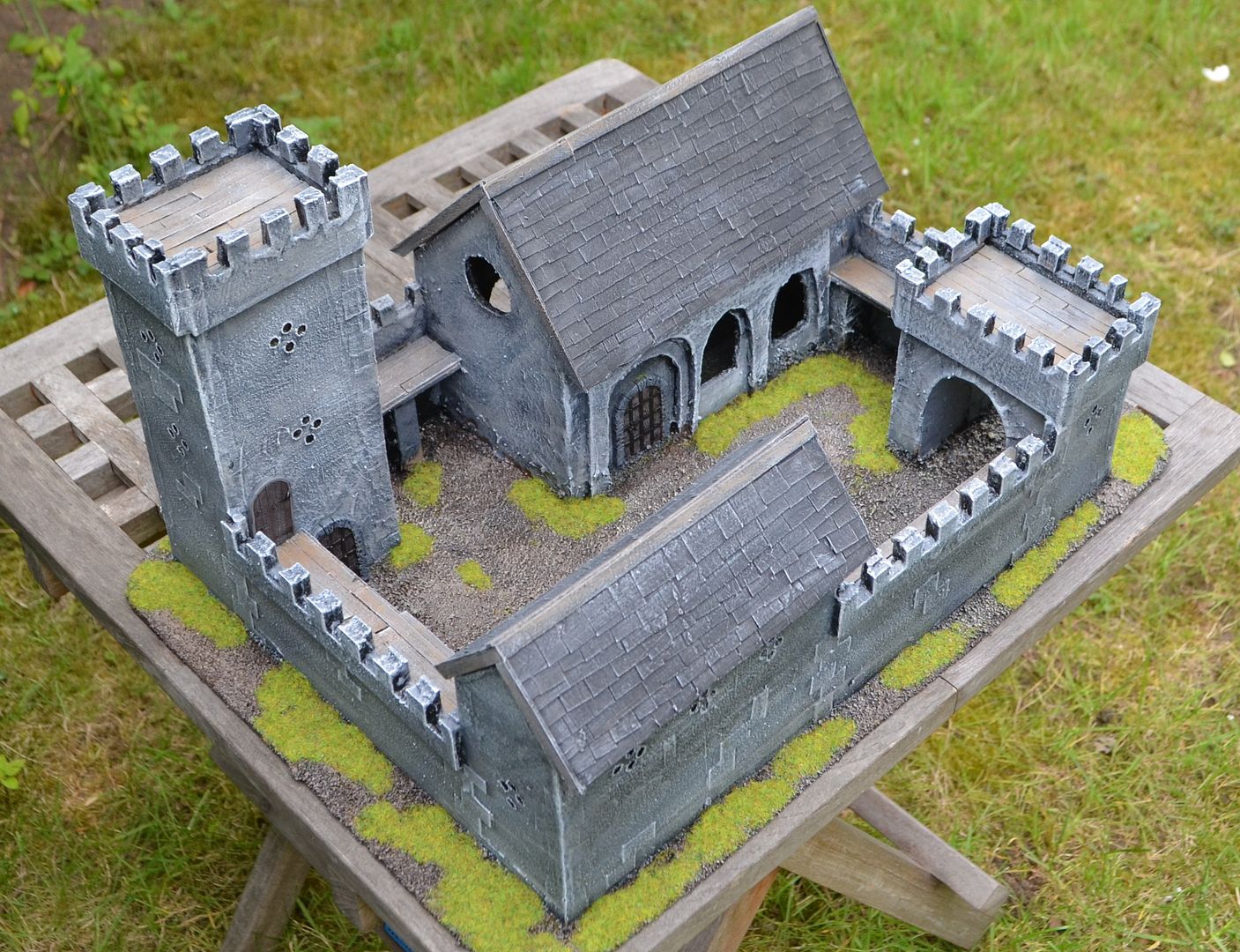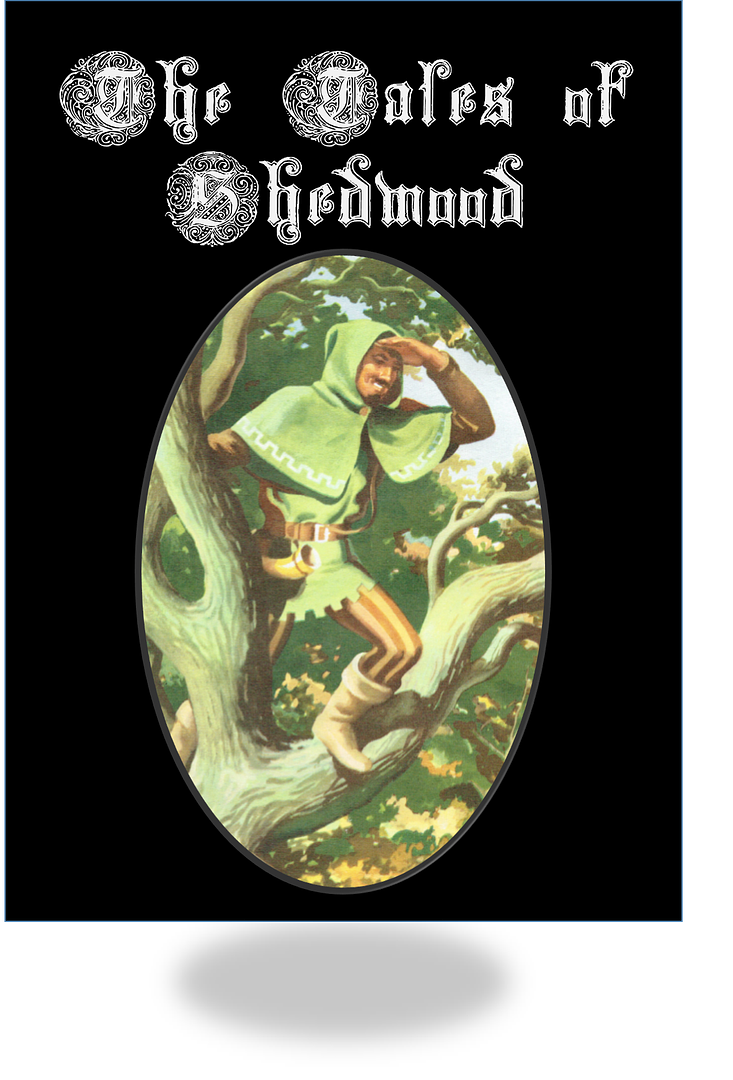A momentous occasion !
Earlier this week I decided that I had to finish all the
civilians for Robin Hood, Tales of Shedwood. With over Sixty miniatures to
paint I set myself the daunting task of painting these by the weekend. I have
been procrastinating over this task for some weeks and it doesn’t matter how
hard you look at them they just don’t paint themselves.
There are a number of reasons why I wanted to get these
done, chief amongst these is that I want to get the test games started. This
coming Monday - Tonight !) we’ll be playtesting the rules.
In time I’ll publish these but here is a flavour.
Each player takes the role of one of the main protagonists
eg Robin Hood, Guy of Gisbourne etc in a particular scenario – more on this in
a bit.
The Leaders have a number of units at their disposal ranging
from Knights, Men At Arms, Outlaws, Trained bands and Peasants. These units
each have characteristics ranging from combat ability (number of attacks per
figure ) , Armour (saves in combat, movement) and Morale (From Fanatic
to Panic !).
A unit will be typically sized from six to 12 men, all of whom will be of a similar class but can be bolstered with the presence of either a Leader or Knight.
A unit will be typically sized from six to 12 men, all of whom will be of a similar class but can be bolstered with the presence of either a Leader or Knight.
Combat is very straightforward everybody needs a 5 to hit
(d6) modified by things such as cover, mounted etc – with the defender saving
hits according to their armour (+morale/calibre modifiers).
Mounted troops get to move faster and inflict more hits...afterall they are the tanks of the medieval battlefield.
The Actions a unit can take are Move, Defend, Shoot,
Reload, Vigilance, Rally. A maximum of two tokens can be stacked in each unit
column (ie a unit can perform two actions in a turn but this means something
else will not have the option of doing anything). Once all the players have
laid out their best plans they take it in turn to activate units.
Each leader will also have a set of leadership tokens
(different colour) these can be used as order tokens (thereby generating more
orders) or for the cost of two tokens they may add an action in the middle of
play (eg a unit is about to be charged and cannot react). These leadership
tokens are removed from play once used – ie they are finite. However more
leadership tokens can be won for valourous/dastardly deeds.
If a unit suffers damage in combat/or has a stressful
situation (eg levy about to be charged by mounted knights) Morale checks will
be taken. Units start on a Morale grade at the beginning of the game according
to their calibre, position (eg in a castle), and presence of Leaders. Again the
presence of a knight will bolster morale.
Morale tests are simple. The number of figures in the unit
denotes the number of dice rolled) – the dice rolled are compared with the
current unit status – any number that equals the morale of the unit is
discarded. Those that better the morale are subtracted from those that fail and
the balancing number is added to the current status. This does mean that fresh
units can run in the presence of danger or actually harden their attitudes.
The Small Monastery of St
Oswald lies on the edge of Sherwood Forest, a days ride from Nottingham. It is
a famous pilgrimage in this part of the country for it claims the that it is the resting place of
the old martyr known as St Oswald.
Oswald was beatified when he single handedly
talked a marauding Viking war party to turn back from its evil ways and
embrace the spirit of God.
Immortalised in tales
and legend his tongue has now become a powerful relic (if rather wizened) and is said to inspire
leadership and oratory.
It has long been known
that the Sheriff of Nottingham covets this relic and wishes to add this to his
collection. After all pilgrims are prepared to pay to see such treasures. He has instructed his henchmen, Sir Guy de Guisbourne and Black
Hugo to recover the relic and bring back to Nottingham.
Fortunately for the
Monks of St Oswald the Sheriff's intentions have not gone unnoticed and a message has been
sent to the outlaw and hero Robin Hood. Said Robin has decided such a theft should not take place
and has such determined to thwart the Sheriffs plans.
 |
| The Monastery of St Oswald |
For the full AAR please come back in a couple of days time...

No comments:
Post a Comment